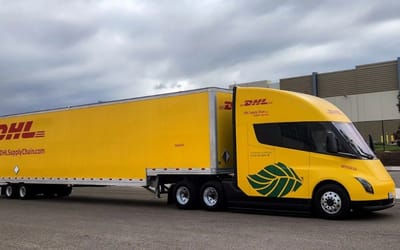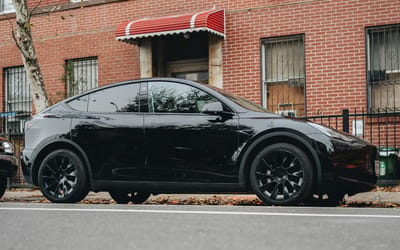‘Ring Wing’ plane of the future will have one wing and will use less fuel
- The Lockheed Ring Wing is a one-of-a-kind aircraft
- Thanks its singular wing, it’s taller than any aircraft, but a lot slimmer
- The unique wing design makes it more fuel efficient
Published on Feb 14, 2024 at 8:08 PM (UTC+4)
by Alessandro Renesis
Last updated on Feb 16, 2024 at 1:32 PM (UTC+4)
Edited by
Adam Gray
This is the Lockheed Ring Wing – a revolutionary aircraft that could potentially change the aviation game.
And it owes everything to a unique design feature.
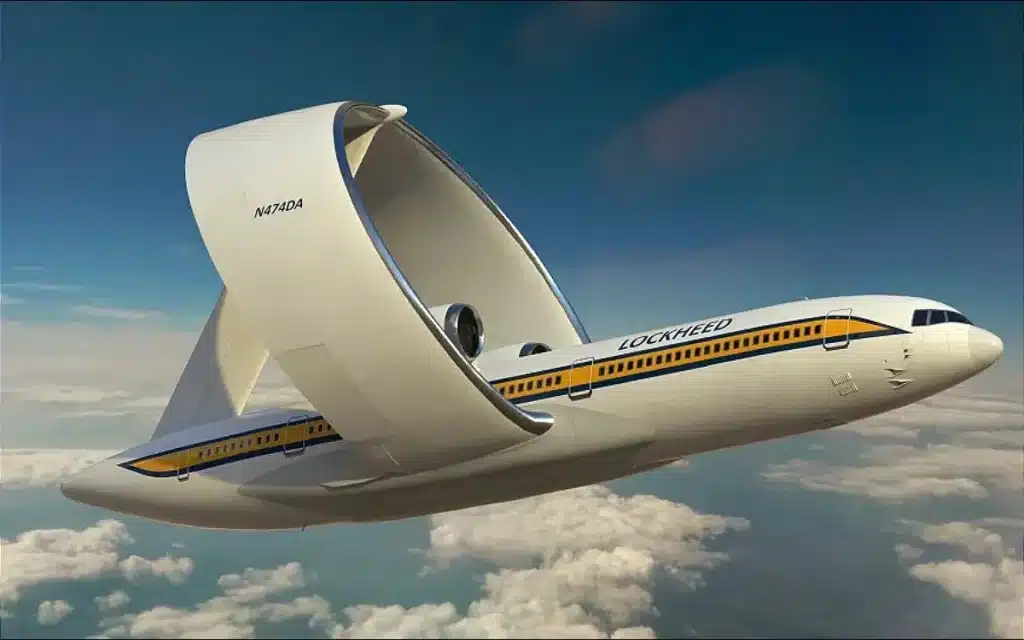
READ MORE: Concorde engine finally sells on eBay with a sale price that’s unimaginable
The unique design feature in question – and you can’t really miss it – is the ring-shaped wing, which is also the inspiration for the name.
Instead of using two wings – one on each side – it relies on a single wing that’s circular.
The wing, which is 7.4 meters in circumference, arches back 27 degrees to attach itself to the tail of the aircraft.
The wing makes the airplane even more massive than it already is, standing 23 meters tall.
It looks tremendous but it serves several specific purposes, and being aesthetically interesting is just one of them.
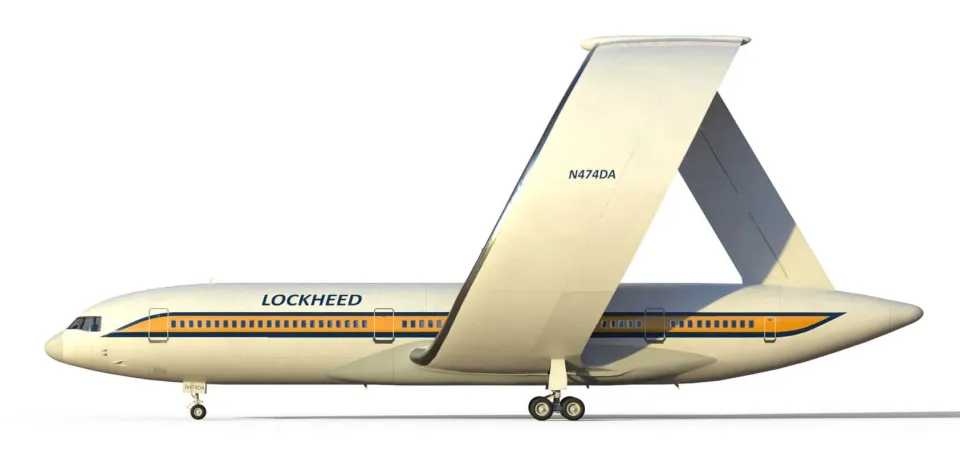
Thanks to the ring wing, it can generate more lift and it is less affected by crosswinds, which means it uses less fuel as a result.
In addition to that, the wing makes it slimmer than the average aircraft, and that means it can use smaller runways as well.
Unfortunately, the groundbreaking design also comes with collateral disadvantages, chief among which is increased drag.
This is the reason why this concept hasn’t taken off yet – pun intended.
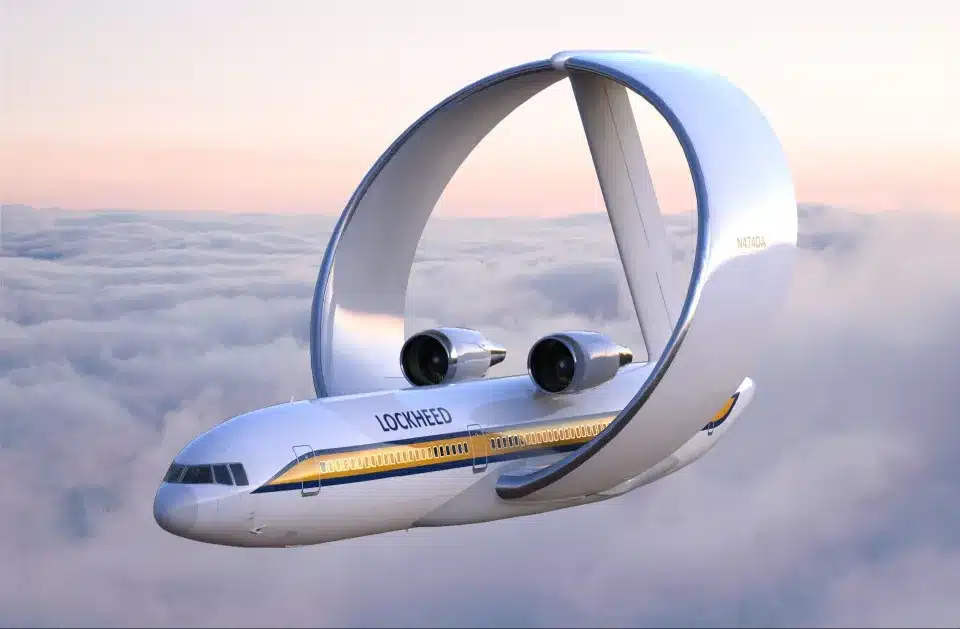
The wing generates a massive amount of drag, and that means that the amount of fuel that’s saved by generating more lift is spent counteracting the drag.
It’s a bit like buying groceries from a store that’s cheaper but further away.
Whatever amount of money you’ve saved on your groceries, you’ll still spend it on fuel.
Lockheed Martin, which is arguably one of the most advanced aerospace companies in the world, hasn’t scrapped the program yet, but it probably doesn’t sit that high in their list of priorities.
Still, it’s nice to see that different companies are attempting to diversify the way we travel by plane.
And what’s even more interesting is that the 20th anniversary of the last Concorde flight reignited our desire to travel supersonic.
And even NASA is having a go at it.
DISCOVER SBX CARS: The global premium car auction platform powered by Supercar Blondie


